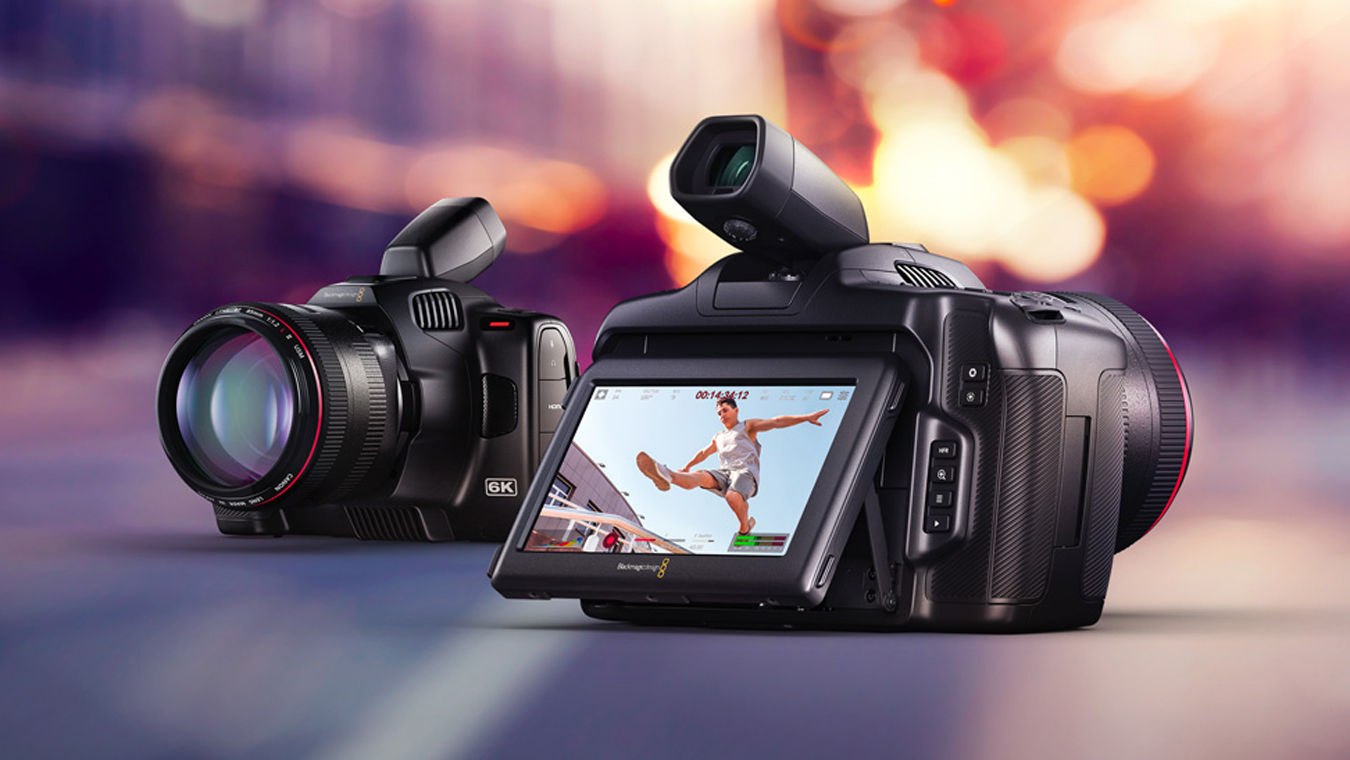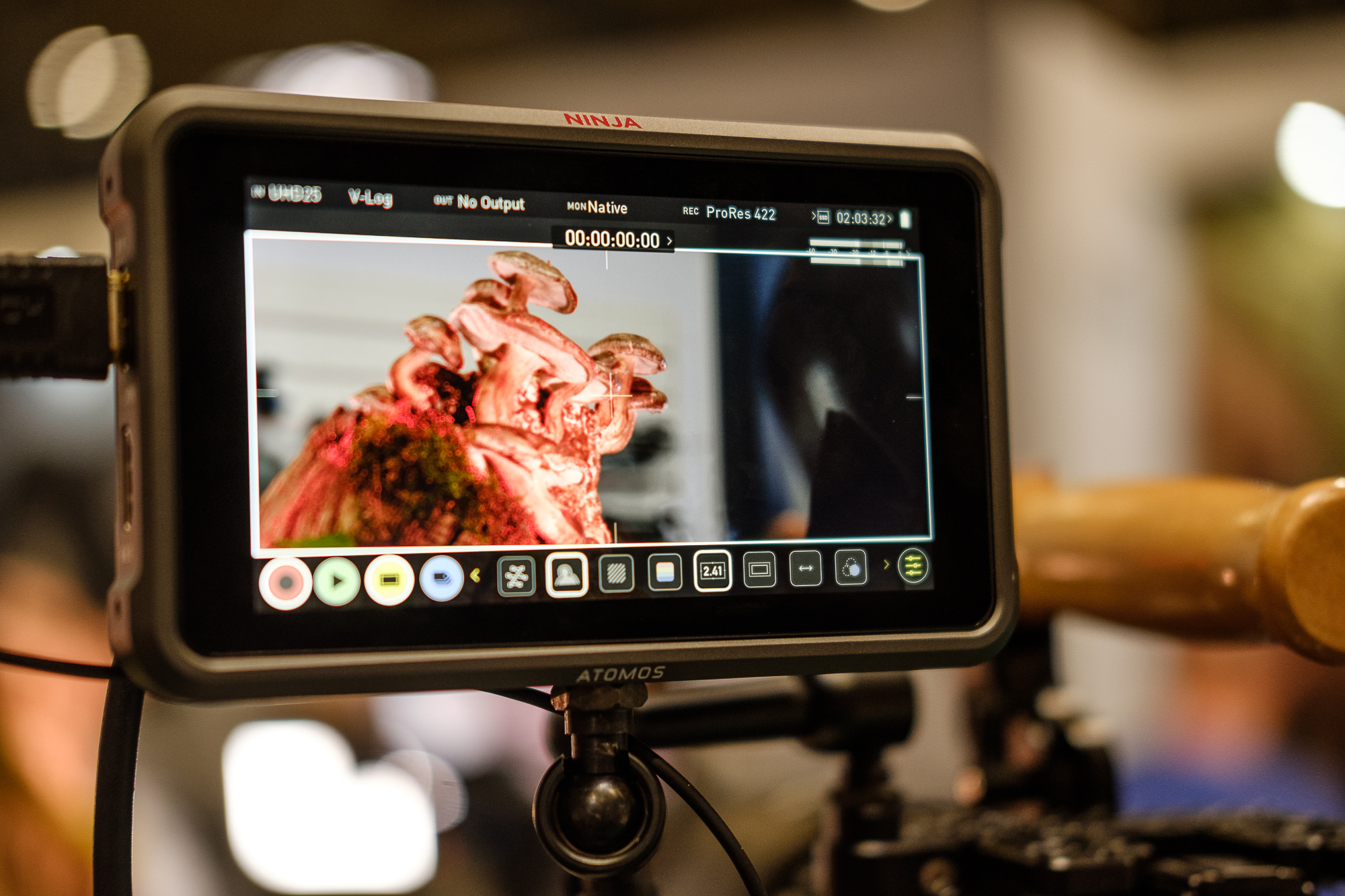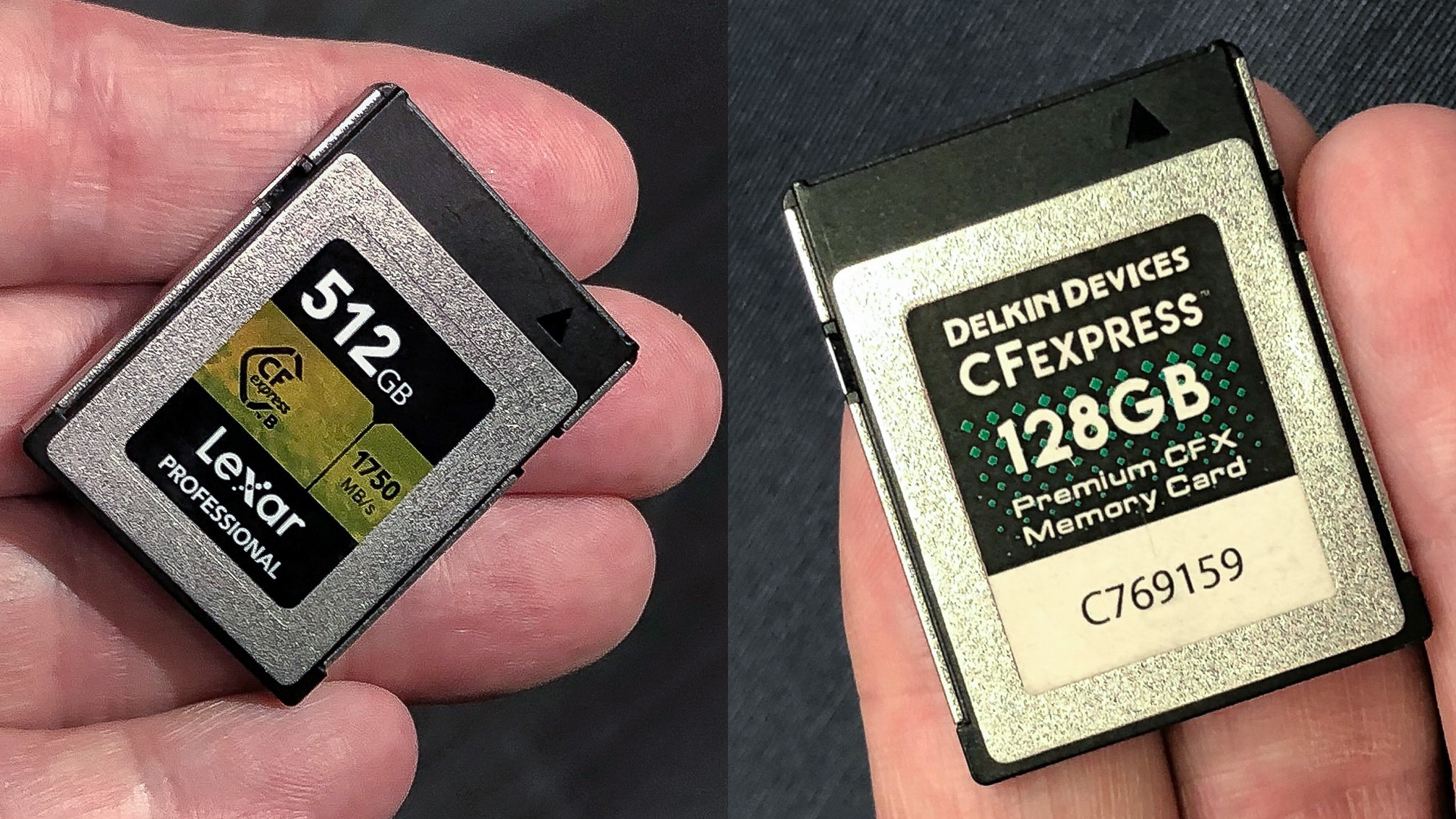
RAW video sounds like a filmmaker’s dream. It’s like RAW files for photographers – the full image data captured by the sensor, ready to be processed and interpreted in any way you like. Forget 8-bit and 10-bit, forget log profiles, 4:2:2 and 4:2:0. Forget all the complexities of regular video settings. If you can shoot RAW video, none of that matters. So why not use it all of the time, so long as your camera can handle it?
Well, the principle is wonderful, but RAW video files are BIG. It’s hard enough to find cameras that can shoot RAW best, as many of the best hybrid cameras still need the help of an external recorder, and only a few can shoot and save RAW video internally. Although, it is becoming more prevalent. The Nikon Z5 II certainly surprised me with its ability to capture 4K 30p RAW video, internally, not bad for an entry point into the full-frame market.
Processing power and data throughput is one part of the equation, storage space is the other. The sheer data throughput needed to capture and save RAW video can be handled by CFexpress cards, but the space needed for the huge files generated is a problem, perhaps best solved with external recorders or cameras that can record directly to external SSDs.
As in the world of stills photography, there are many different proprietary RAW formats. High-end RED cameras (now owned by Nikon) shoot in the REDCODE RAW format, Canon has introduced a space-efficient Raw Light format for its cinema cameras, and Blackmagic Design uses its own BRAW format. Many of the best hybrid cameras use the Apple ProRes RAW format with external recorders like the Atomos Ninja V and V+. Canon has its own efficient RAW Light format, and Nikon has N-RAW. While Adobe has developed its own Cinema DNG format.

So exactly how big are these RAW files? One estimate suggests that 60 seconds of Apple ProRes RAW (a pretty efficient raw format) 4K UHD 60p footage will take up around 18GB of storage. Yes, that’s a lot. Blackmagic RAW (BRAW) is interesting because it offers different compression/size settings, which can help reduce storage requirements, so it might be a practical proposition if you shoot with Pocket Cinema or Ursa cameras.
Professional Hollywood cinematographers might shoot RAW by default because they have the resources to handle those big files, but for smaller-scale filmmakers and especially vloggers, the decision is not so easy. If you shoot RAW video, it’s easy to end up with files that consume too much expensive storage and need more post-production time than you might ever have budgeted for.

There are middle-of-the-road RAW alternatives. Log video modes are perhaps the best, combining some of the flexibility of RAW video files with much smaller and more manageable files.
So while RAW video sounds like a wonderful thing, in practice, it’s an expensive and perhaps impractical option for many filmmakers right now. It is perhaps a counsel of perfection or, to quote Merriam-Webster, an "instruction given for the attainment of perfection" or "an unrealizable ideal".
You might also like...
Looking for a RAW-video capable camera that won't break the bank? The Nikon Z5 II is the cheapest full-frame camera to shoot RAW video. And if you want more jargon-busting content: what is triple-base ISO – and why should you care about it? Plus, WTF is 'Open Gate' and do you really need it on your camera?







